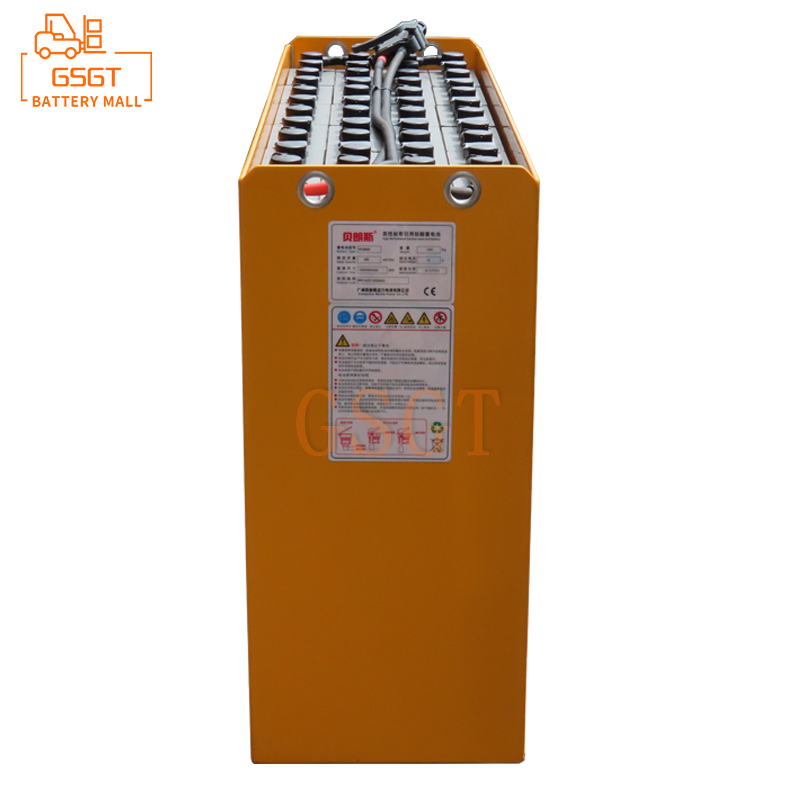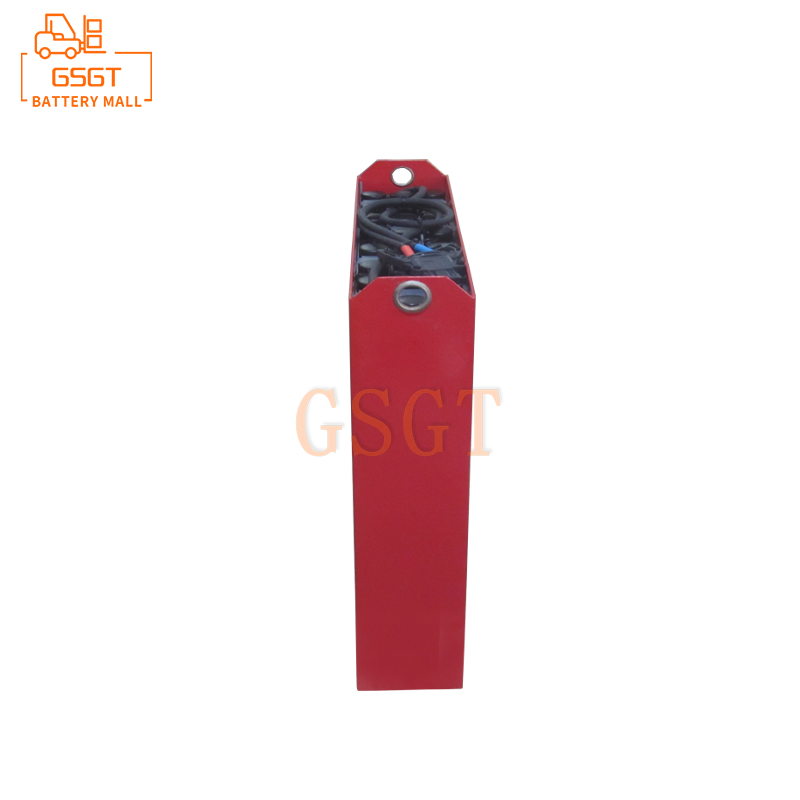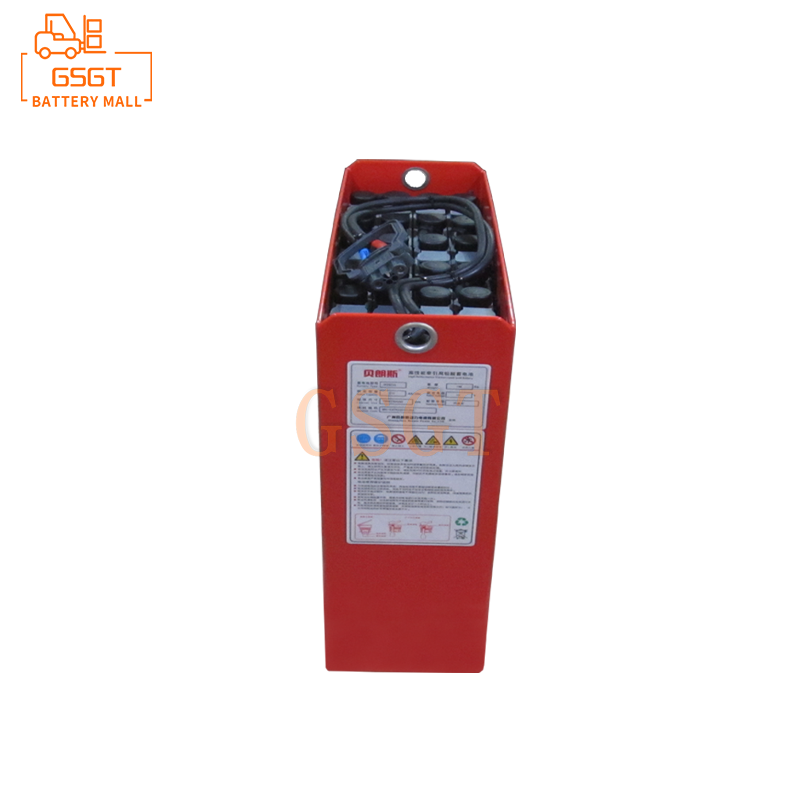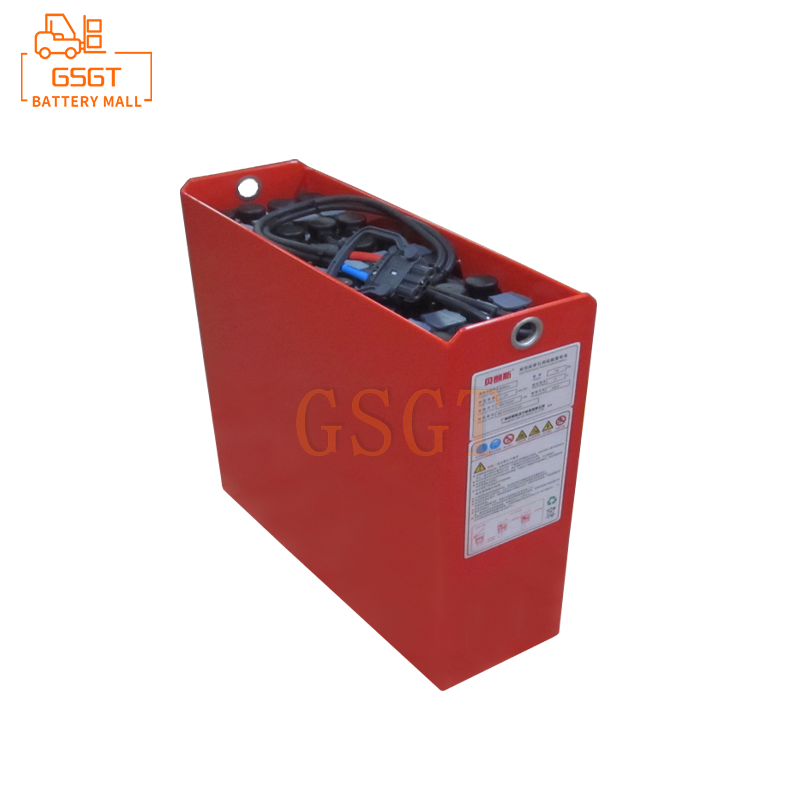Time:2025-04-02 16:17:42
Browse:643
In the stage of industrial logistics, forklift lead-acid battery as a key power source, its technological innovation is reshaping the industry pattern from multiple dimensions. From the efficiency of the charging link to the environmental protection breakthrough in the field of recycling to the deep integration with the forklift system, these changes not only inject strong impetus into the forklift operation, but also promote the entire industry to a new journey of efficiency, green and intelligent.
Charging technology optimization: efficient fast charging and intelligent management parallel
(1) Efficient fast charging technology breakthrough
The traditional lead-acid battery takes a long time to charge, which often makes the forklift operation fall into a long wait, seriously restricting the work efficiency. Now, the new fast charging technology has risen strongly to rewrite this situation. The advanced charger is equipped with intelligent dynamic adjustment charging technology, like an experienced commander, according to the real-time status of the battery to accurately regulate the charging current and voltage. At the beginning of charging, power is injected quickly with strong current to quickly wake up the battery vitality; When the power is close to saturation, it automatically switches to the small current constant voltage mode, cleverly avoiding the overcharge minefield, greatly reducing the charging time while protecting the battery. Experimental data show that using this kind of fast charging technology, the charging time can be reduced by up to 50% compared with the traditional way. For example, a smart fast charge device customized for forklifts can increase the lead-acid battery power of common capacity from 20% to 80% in just 1 hour, allowing forklifts to achieve "instant charge and go" in high-intensity operations, greatly reducing downtime and significantly improving operational efficiency.
(2) Intelligent monitoring and management of charging process
The intelligent charge management system is like the "smart butler" of the battery, which has become the focus of the current charging technology innovation. With the help of sensors, the system collects key parameters such as voltage, current and temperature of the battery in real time, which are analyzed and processed by the microprocessor in depth. Once an anomaly is detected, such as a surge in temperature and a sharp fluctuation in voltage, the system immediately starts an emergency response, reduces the charging current, stops charging and gives an alarm in time to protect the battery safety in an all-round way. Not only that, the system can also seamlessly connect with the forklift vehicle control system and remote monitoring platform to achieve remote control of the charging process. Through mobile APP or computer software, the management personnel can check the battery charging status, remaining time and other information anytime and anywhere, and reasonably plan the operation arrangement of forklift trucks. At the same time, based on the battery history and real-time data, the system tailors an exclusive charging strategy for each battery to further extend the battery life and make charging more efficient and safer.
Recycling and reuse technology upgrade: new path for environmental protection and resource recycling
(1) Fine physical recovery technology
In the past, the recovery of lead-acid batteries mostly relied on simple crushing and sorting process, and the recovery efficiency and purity were poor. Today, physical recycling technology is making great strides toward refinement. The advanced mechanical crushing and sorting technology, like the precision "dismantling master", uses the high-precision crusher to accurately crush the waste battery to the appropriate particle size, and then with the vibrating screen, magnetic separator, flotation machine and a series of professional equipment, according to the particle size, density, magnetism, surface wettability and other differences of the battery components, to achieve efficient separation. This fine process can extract lead, plastic, sulfuric acid and other major components with high purity, providing high-quality raw materials for subsequent reuse. Taking lead recovery as an example, the advanced process enables the lead recovery rate to exceed 95%, and the purity meets the production needs of high-quality plates, greatly reducing the dependence on primary lead ore, and reducing the damage to the environment caused by resource mining.
(2) Chemical and biological recycling technology coordinated development
Hydrometallurgy and pyrometallurgy in chemical recovery technology are constantly optimized and upgraded. Hydrometallurgy accurately controls acid leaching and alkali leaching conditions, efficiently dissolves valuable metals in waste batteries, and achieves high-purity metal separation and purification with advanced chemical precipitation, solvent extraction, and ion exchange technologies. Fire metallurgy in high temperature melting, improve the furnace design, add special flux, improve metal recovery and purity, reduce energy consumption and pollutant emissions. At the same time, biological recycling technology is emerging, and biological leaching technology can dissolve copper, zinc, cobalt and other metals in waste batteries in the form of ions with the help of microbial metabolism, which is low-cost and environmentally friendly. Biological adsorption technology uses biological materials such as bacteria, fungi and algae to adsorb metal ions and further improve the resource recovery and utilization rate. Chemical and biological recycling technology work together to open up a new path for green recycling of lead-acid batteries and resource recycling, reduce waste pollution and maximize resource utilization.
Technology innovation with forklift system integration: improve overall efficiency
(1) Deep integration of battery and forklift electrical system
The integration of the new lead-acid battery and the electric system of forklift truck reaches a new height. By optimizing the connection mode and communication protocol, energy transmission and accurate control are realized. The battery is like the "intimate partner" of the forklift, which can adjust the output current and voltage in real time according to different working conditions such as starting, accelerating, uniform speed, braking, etc., to ensure that the motor is always in the best working condition. At the same time, the forklift electrical system can also accurately monitor the battery power, health status and other information, and feed back to the driver and management system. For example, when a forklift truck is climbing a full load, the battery rapidly increases the current output to provide strong power for the motor; During braking, the electrical system converts part of the kinetic energy into electrical energy to feed back to the battery, improving energy efficiency. This deep integration makes the forklift more powerful, lower energy consumption, and more accurate handling.
(2) Linkage with forklift intelligent management system
With the wave of forklift intelligence, the linkage between lead-acid batteries and intelligent management systems has become a highlight of technological innovation. The intelligent management system relies on the Internet of Things, big data and artificial intelligence technology to comprehensively collect and analyze the operation status, operation data and battery information of forklifts. Lead-acid battery data is closely connected to the management system. By monitoring battery charging and discharging data, temperature changes, and internal resistance, the system predicts faults in advance and gives early warning, helping maintenance personnel carry out preventive maintenance. At the same time, the system optimizes scheduling and use plans based on battery status and forklift operation tasks. In the logistics warehouse, the intelligent management system reasonably plans the operation route and charging plan according to the handling needs of different regions and the forklift battery power, improves the operational efficiency of the warehouse and reduces costs.
The multi-dimensional technological innovation of forklift lead-acid batteries is bringing unprecedented changes to the field of industrial logistics. From charging to recycling, from individual components to system integration, each innovation is like a bright star, illuminating the road ahead of the industry and driving industrial development to an efficient, green and intelligent future.

$3810

$480

$1150

$770

MESSAGE
Professional And Efficient
Security
Affordable Price
Professional Services